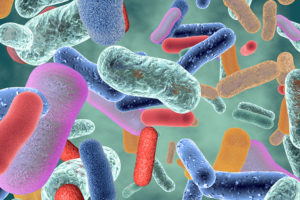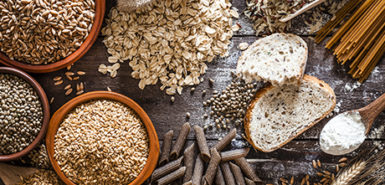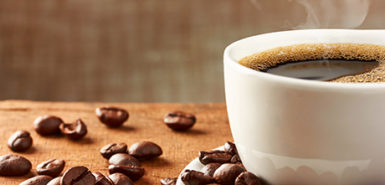
Health and wellness. It’s what we all strive for with our goals to eat better and exercise.
However, we often overlook a vital component of good health—the microbiome, that vast multitude of beneficial microorganisms in our gut.
When the number of microorganisms in our body outnumbers our own cells tenfold, we need to pay attention. Among their many roles, these little guys work with our body to enhance digestion, prevent disease, improve the immune system and build our nervous system.
So how can we add more happy bacteria to the party? Look for some good probiotic-rich foods.
Here are some top choices:
Kefir and yogurt
Look for options that have live active cultures. Yogurts commonly contain probiotics called lactobacillus acidophilus. This strain of probiotic can help with bacterial vaginosis, lung infections, diarrhea and eczema.
Kefir yogurt can have anywhere from 150 billion to 950 billion CFUs of probiotics per serving. CFU stands for colony forming units—it indicates the number of viable cells. The fermentation process the probiotics have on the milk actually helps break down the lactose, making it acceptable for many with lactose intolerance.
Kombucha tea
This tea is formed by fermenting sweet tea with bacteria and yeast from a starter called a SCOBY, or symbiotic culture of bacteria and yeast. It creates a lightly carbonated vinegary beverage containing about 1 billion CFU probiotics per cup.
Animal studies show benefits for slowing digestion of carbs, lowering blood sugar, reducing cholesterol and protecting the liver.
Sauerkraut and more
Sauerkraut and fermented veggies such as pickles and kimchi are great not only as preserved foods—they’re also excellent for upping your consumption of probiotics. The fermentation process creates multiple strains of probiotics, the main one being lactobacillus plantarum. It can have up to 10 billion CFU per tablespoon. It can aid in treating gastrointestinal diseases, fighting cancers and improving diabetes or obesity.
To ensure live cultures, avoid buying pasteurized products. They can often be found in the refrigerated section with spouts to release the gasses from fermentation. Better yet, make your own!
Fermented soy
This refers to tempeh, miso and natto. Tempeh is a firm patty that’s high in protein. It’s a good vegetarian alternative for meats. Miso, a fermented soy product made by a fungus called koji, comes in the form of a paste. It’s used to add flavor to soups and other Japanese dishes.
Natto is fermented soybean—it has a slimier texture and is traditionally mixed with rice for breakfast. It contains a bacterial strain called Bacillus subtilis.
These fermented soy products tend to have fewer active probiotics, especially if they are pasteurized or heated. However, the fermentation process doesn’t just add beneficial bacteria—it can also improve absorption of minerals and make it easier to digest.
Supplements
It’s unknown exactly how much food-based probiotics survive through digestion. If you have certain conditions you are hoping to improve with probiotics, a supplement may be helpful.
Given the variability in strains and potency, it can also be difficult to know exactly which supplements may be helpful. It’s best to meet with a doctor or dietitian to discuss options that may work for you. This can help you choose the most beneficial and safe options.
As you work to build a healthy microbiome, a regular supply of prebiotics—probiotic food—must also be included to feed the gut flora.
 /a>
/a>
 /a>
/a>
 /a>
/a>